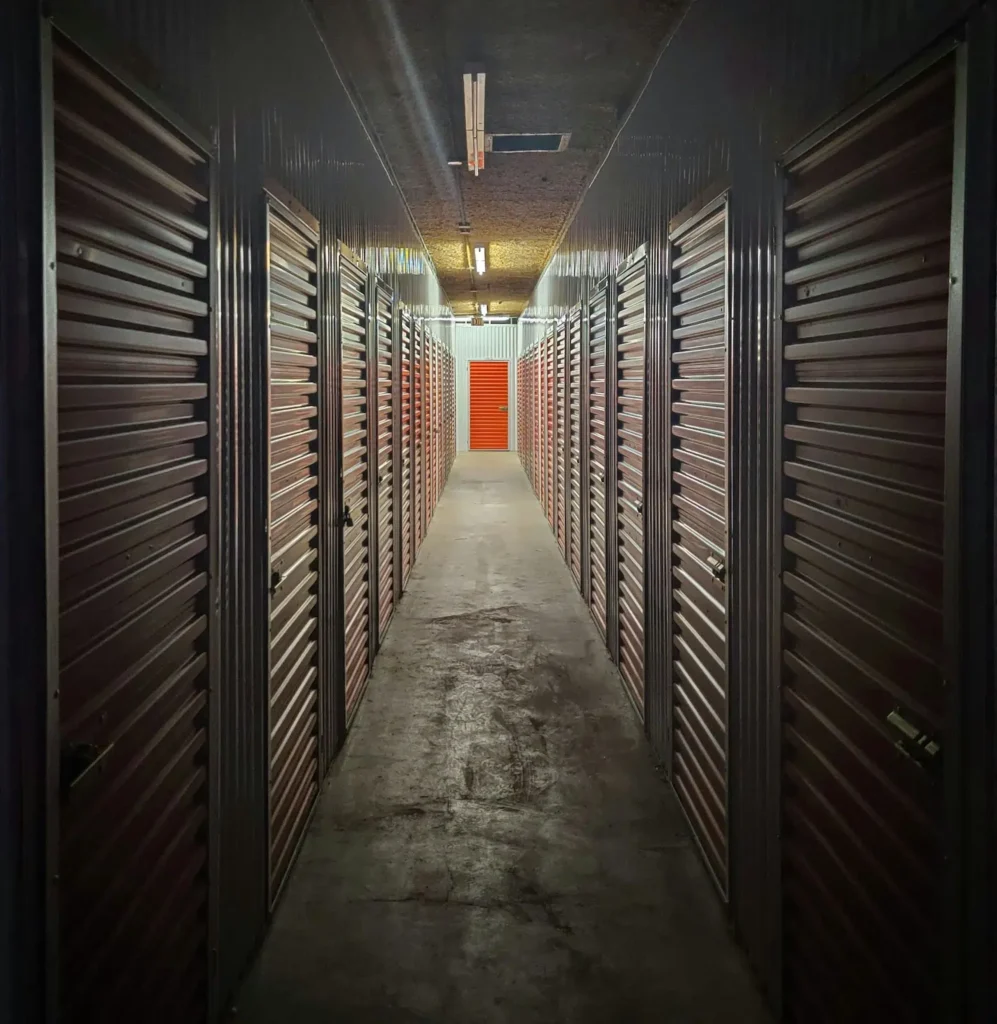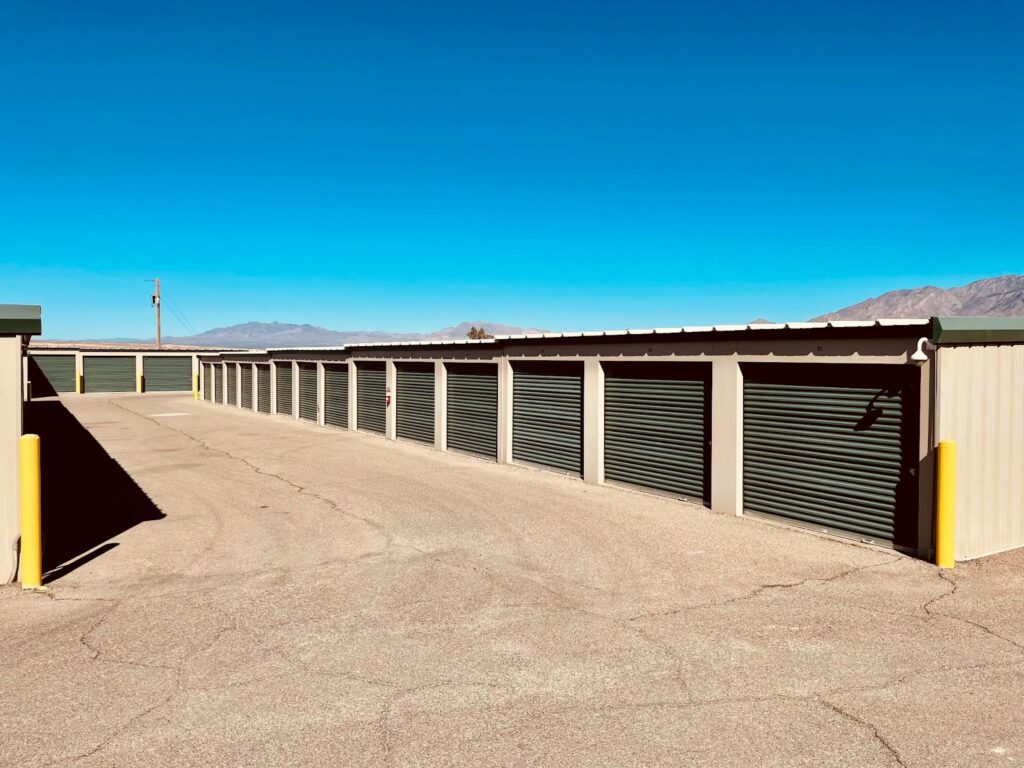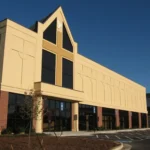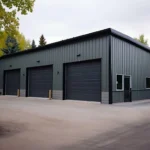Designing a functional self-storage building plan involves thorough research and careful consideration of various factors. Here are some essential steps to guide you through the process:
When embarking on the journey of designing your self-storage building plan, it is crucial to delve into the intricate details that contribute to its success. From the initial concept to the final execution, each step plays a pivotal role in shaping a well-rounded storage facility that meets the needs of both the business and its customers.
Pro Tip:
Self-storage facilities must comply with the Americans with Disabilities Act (ADA), which mandates the removal of architectural barriers that restrict access to or use of the facility by individuals with disabilities.
Site Selection and Analysis
Choosing the right location for your self-storage building is paramount to its success. Consider factors such as population density, competition, and accessibility. Analyze the market demand in your chosen area to ensure a sustainable business.
Furthermore, conducting a comprehensive site analysis can provide valuable insights into the surrounding environment, allowing you to optimize the layout and design of your storage facility. Factors such as natural lighting, terrain considerations, and proximity to amenities can all influence the overall functionality and appeal of the site.
Determining Your Storage Unit Mix
It’s important to offer a variety of storage unit sizes to cater to different customers’ needs. Conduct market research to determine the demand for different unit sizes in your area and create a storage unit mix that reflects these preferences.
Moreover, customizing your storage unit mix to align with the specific requirements of your target demographic can enhance customer satisfaction and retention.
By offering a diverse range of unit sizes, you can accommodate varying storage needs, from small personal items to large commercial inventory, ensuring that your facility remains versatile and competitive in the market.
Incorporating Security Features
Security is a top priority for self-storage buildings. Consider implementing features such as surveillance cameras, access control systems, individual unit alarms, and sturdy perimeter fencing. Tenants should feel confident that their belongings are safe and secure.
Additionally, integrating state-of-the-art security features not only safeguards the possessions of your tenants but also fosters a sense of trust and reliability within your storage facility.
By investing in advanced security technologies and robust safety measures, you can establish a secure environment that instills peace of mind and reinforces the reputation of your self-storage business.
Check out: A Step-By-Step Guide On How To Build A Warehouse








